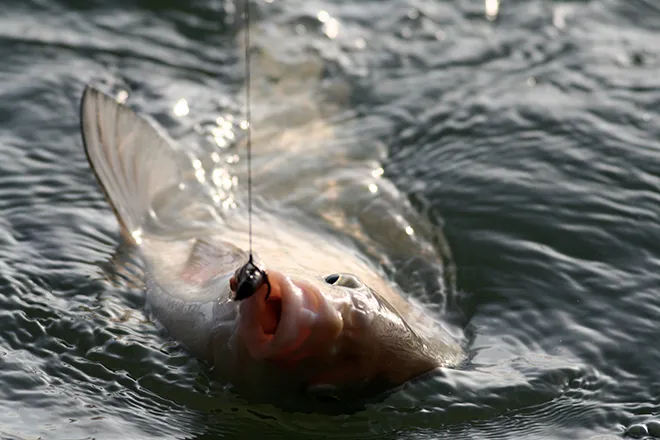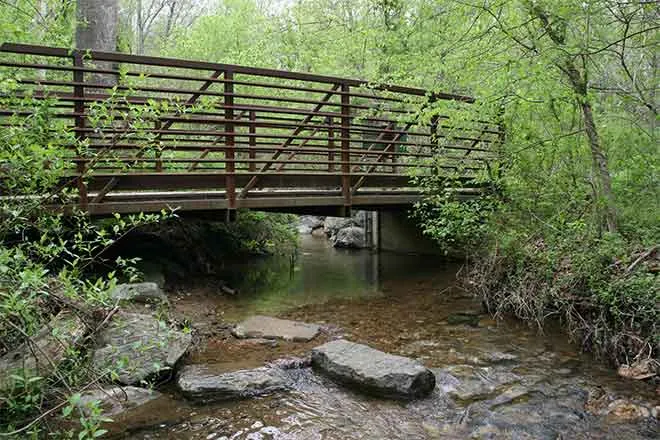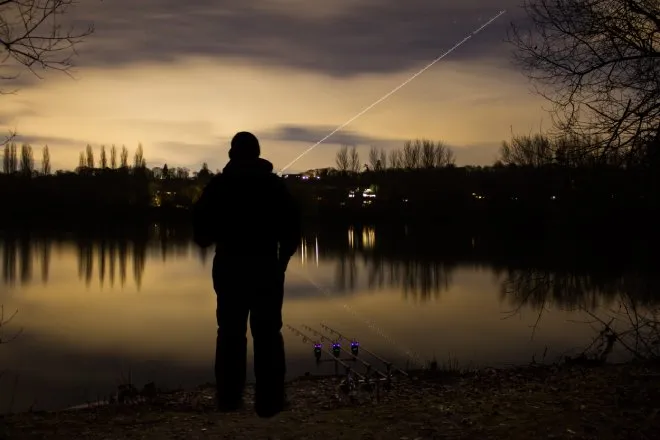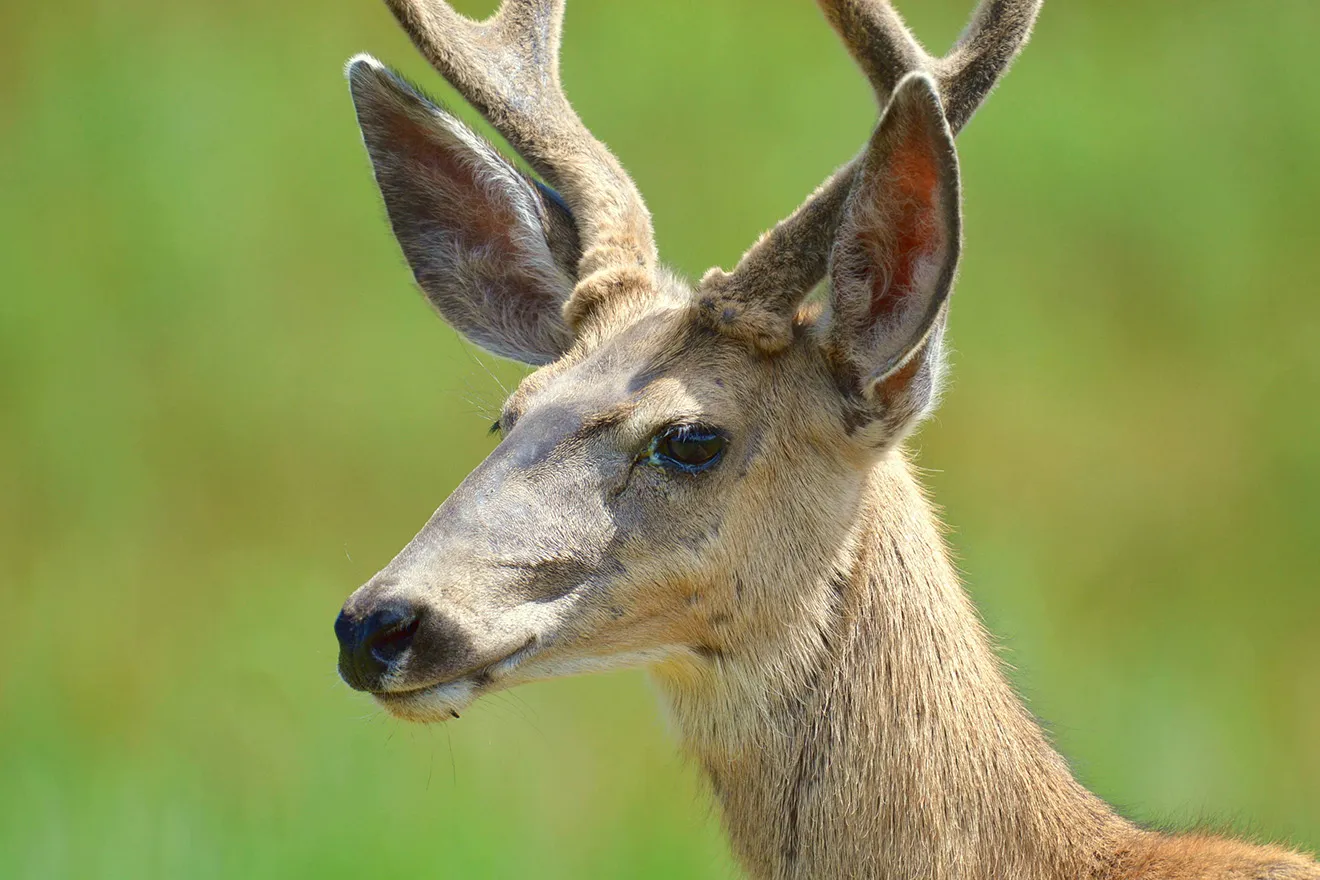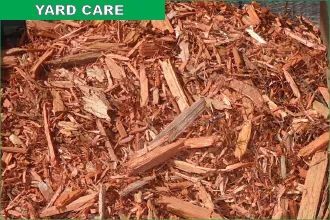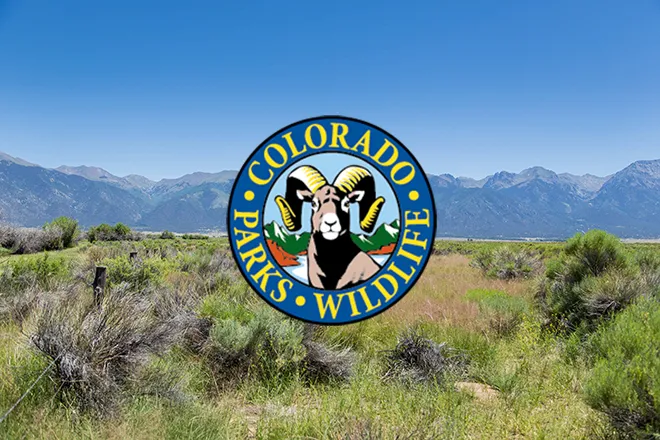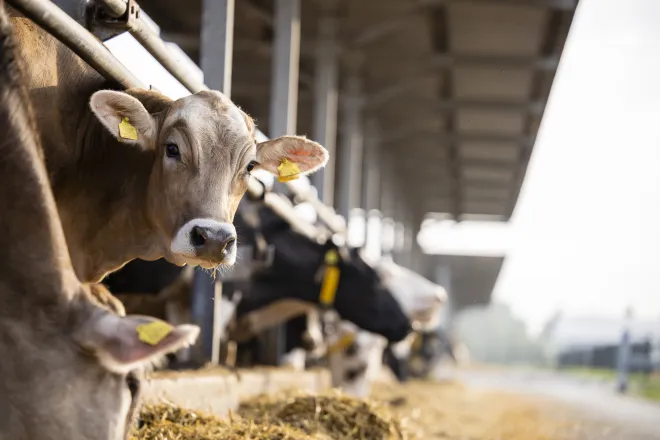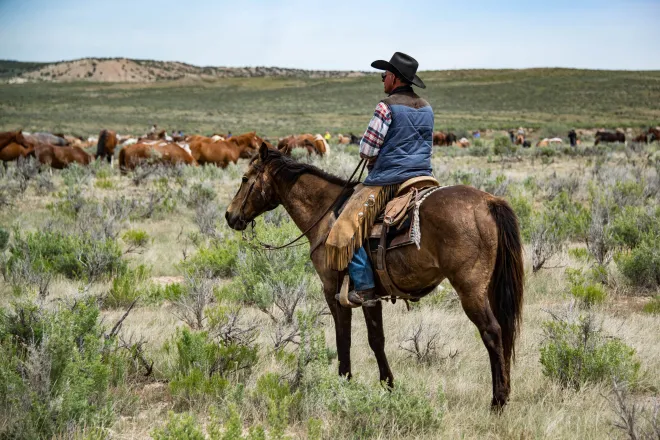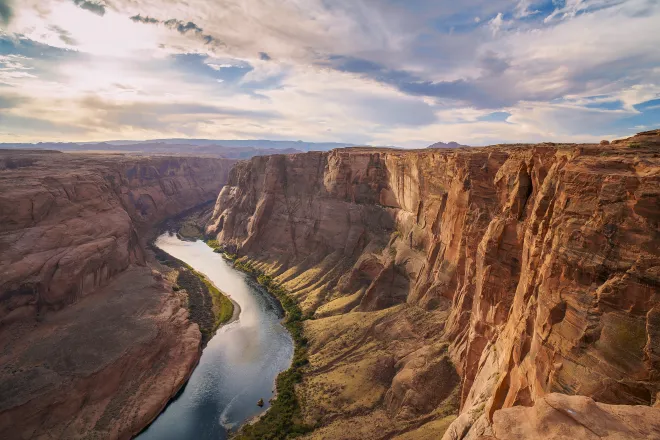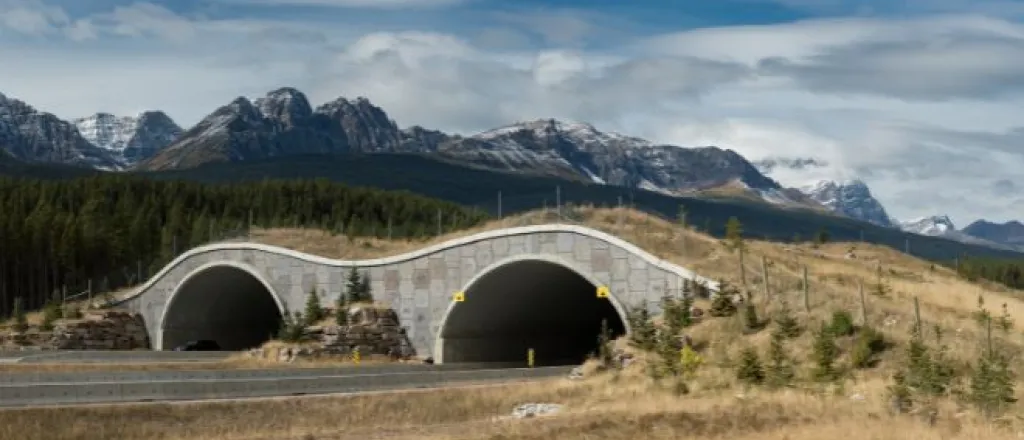
How infrastructure projects can help wildlife
©
The word “infrastructure” likely conjures up images of roads, bridges, and tunnels—not nature. However, infrastructure can play a significant role in wildlife conservation. Learn how infrastructure projects can help wildlife.
Connecting habitats
Many animals require large territories to survive, but human development often fragments these spaces, cutting off traditional routes for seasonal migration and access to broader habitats. Wildlife corridors, such as overpasses and underpasses, can bridge these gaps. These structures are designed to guide animals safely across busy highways, reconnecting separated habitats. By providing a safe passage, these corridors can help sustain biodiversity and enable animal populations to thrive.
Preventing inbreeding
Fragmented habitats not only limit wildlife movement but can also lead to inbreeding due to isolated animal populations. Inbreeding can result in genetic disorders and decrease a population’s ability to adapt to environmental changes. Infrastructure projects that connect separated habitats can prevent this, as they allow for gene flow between animal populations, enhancing their genetic diversity and resilience.
Reducing roadkill
Roads that cut through wildlife habitats often lead to fatal encounters between vehicles and animals. Overpasses, underpasses, and fencing along highways can guide animals safely across these potential danger zones.
Colorado leads in animal crossing projects
Over the years, Colorado has emerged as a frontrunner in constructing animal crossings to mitigate roadkill and facilitate wildlife movement between various species’ habitats. The state has implemented over 50 designated wildlife crossings with more under development.
The Colorado Highway 9 Wildlife Crossing Project involves an approximately 11-mile stretch that covers crucial habitats and movement corridors for species such as mule deer and elk. Researchers have documented various wildlife species, including elk, black bear, moose, pronghorn, and bobcats, utilizing these crossings. A study conducted in 2016 showed that properly implemented crossing structures led to an 83 percent reduction in large-mammal roadkill, further validating the effectiveness of these projects.
Recognizing other successful wildlife crossing projects
Construction is well underway on a mountain lion crossing over the 101 freeway in Los Angeles. The crossing will span the freeway near Liberty Canyon in Agoura Hills, providing a safe passage for mountain lion populations separated by the highway, which has led to genetic abnormalities like a kinked tail turning up in some individuals.
In Florida, a unique underpass has been designed to facilitate the safe movement of Florida panthers, otters, and alligators. This infrastructure project plays a critical role in preventing roadkill and promoting genetic diversity among these species. The successful underpass project could inspire other areas to rehabilitate existing culverts and fish ladders to encourage wildlife movement.
Meanwhile, in the Netherlands, toad tunnels have been established to protect small amphibians from road-related threats. These tunnels allow toads to move safely beneath busy roadways to reach the ponds they prefer for breeding.
More communities are realizing that certain infrastructure projects can help wildlife while simultaneously making roads safer for humans. Making accommodations for wildlife when planning infrastructure projects can help with conservation efforts, reduce damage and injury from collisions with large mammals on the roads, and promote healthier and more diverse ecosystems.

